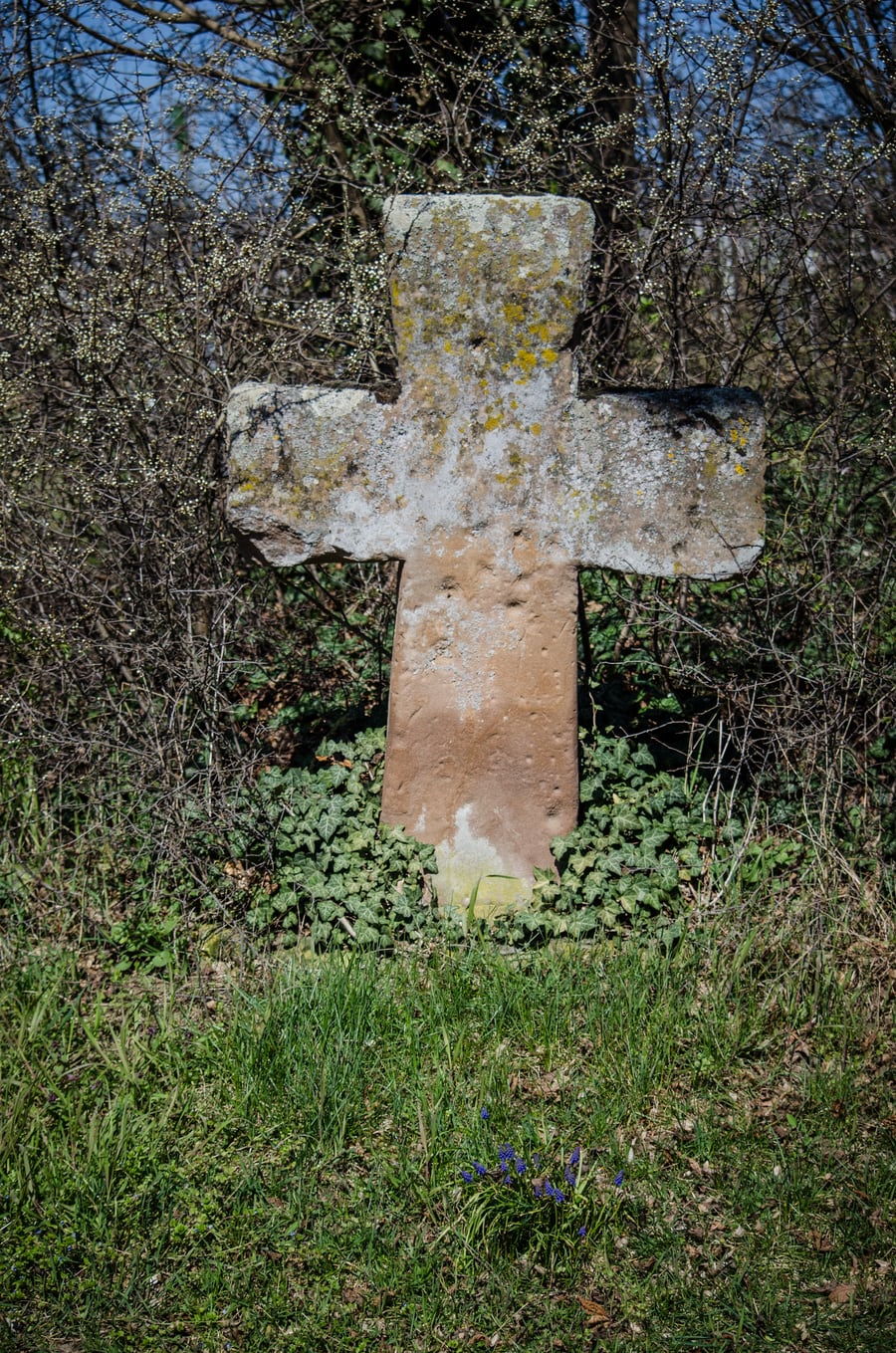 Our culture simply doesn't know what to think about death. Through medicine and science, we know more about death and how to forestall it than ever before. Yet our society knows very little about caring for a dying person. We don't know what to expect or how to prepare for our own death. And we're often awkward at best when trying to comfort a friend in grief.
Our culture simply doesn't know what to think about death. Through medicine and science, we know more about death and how to forestall it than ever before. Yet our society knows very little about caring for a dying person. We don't know what to expect or how to prepare for our own death. And we're often awkward at best when trying to comfort a friend in grief.
Good Death?
Rob Moll, a young man when he wrote The Art of Dying: Living Fully Into the Life to Come, illuminates how present-day culture has forgotten the practice of a good, Christian death. He proposed that we bring back the concept of dying well. “A renewed practice of Christian dying should affect not just the dying and those caring for them, but will fundamentally affect church life and individual spiritual lives from beginning to end,” he wrote.
The history of death beliefs and rituals is interesting and not a topic common in nonacademic books. Moll tells of various deaths he attended and grieving families he encountered as a hospice volunteer and later, funeral home employee, adding authenticity to his discussion of the spirituality of dying.
How to Talk to a Dying Person
Nurses who don't typically serve dying individuals will gain practical and reassuring input about how to talk to the dying, helping them plan for their deaths and have meaningful conversations with their loved ones on the subject. Moll presents the “Christian tradition of care” for those facing death. “The gift of a good death” is something a dying person can give, and nurses and other caregivers can facilitate. “Dying well is not a medical event. For centuries Christians have practiced the art of dying without the major medical interventions available today. Yet modern doctors and nurses can assist and even provide opportunities for a good death,” (p. 108) Moll proposes.
Christian funerals, grief and mourning, and living in the light of dying are also examined, with many anecdotes and examples. For a modest-sized book, the depth of concepts and approaches to making a good death are considerable and commendable.
Blessing and Dying Well
This is a book for anyone who will one day die, and for those of us who work with those who die. We all have more to learn, both to bless others and to die well ourselves. Moll, who died at age 41 in a hiking accident, clearly blessed his wife and children by living out the principles he described in The Art of Dying. His widow, Clarissa, wrote the afterword in the new edition of the book. She concludes, “By looking at death, we will also find life more precious, the gospel's truth more compelling. ...For in facing death, we will face the door that opens to eternity” (p. 192).
The Art of Dying: Living Fully Into the Life to Come. (2021). IVP.
Karen Schmidt, BA, RN, is a contributing editor with JCN and serves her community at a free clinic in northwest Washington.
NCF members receive a 40% discount on books (and free shipping) published by InterVarsity Press, such as The Art of Dying. Get many other discounts and other benefits with NCF membership.
Add new comment